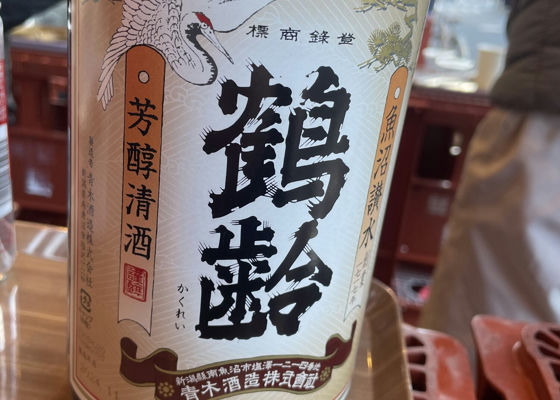
SakenowaRecord your sake experiences and discover your favorites
Timeline

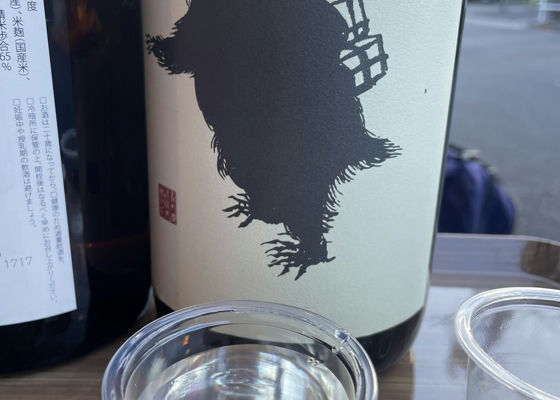
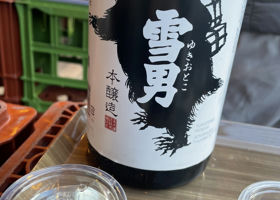
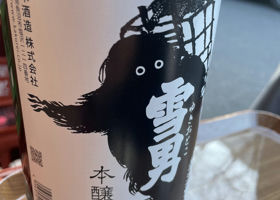
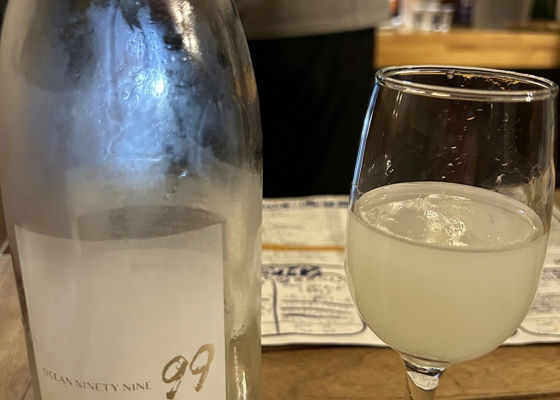
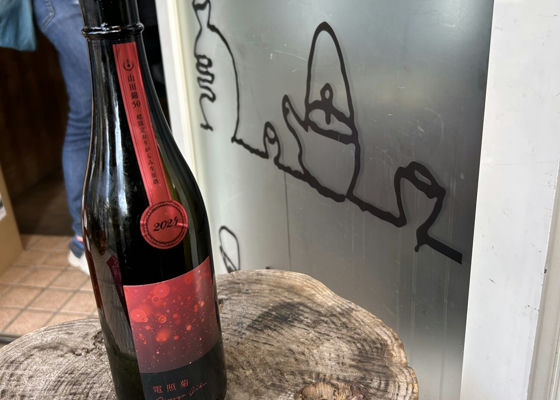
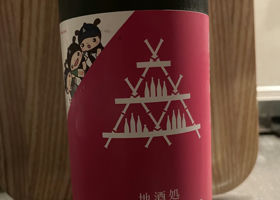
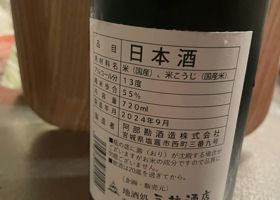
あまの
Limited edition sake.
Aroma is strong acidity.
The taste is refreshing sweetness followed by sourness all at once.
Refreshing
Japanese>English
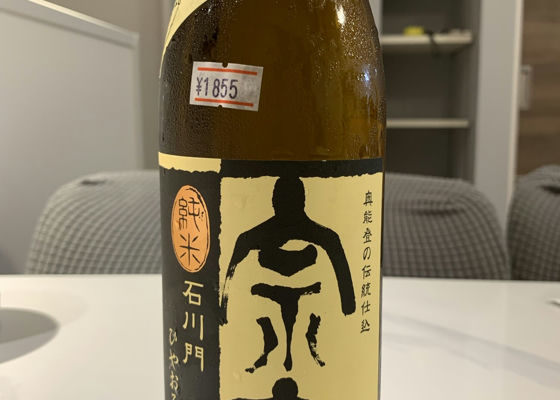
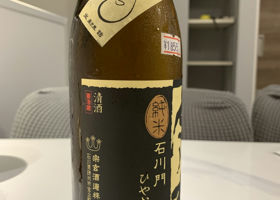

Tony
The aroma of the rice, the strong sweetness and umami in the mouth, and the tangy spiciness that cut through the flavor.
Japanese>English
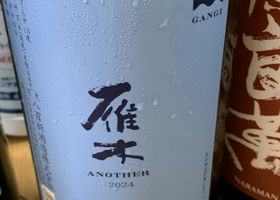
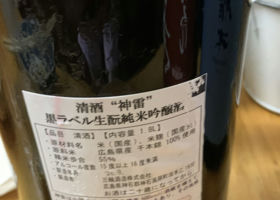
Tony
Gently sweet and spicy, with a taste reminiscent of ramen, I thought this would be a popular choice.
Japanese>English
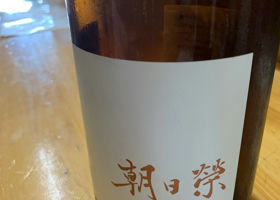
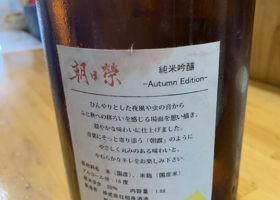
Tony
Slightly umami aroma, sweet and tasty, tangy and spicy, went well with food!
Japanese>English
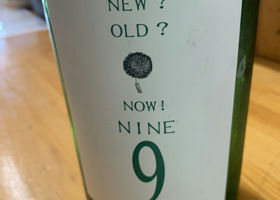

Tony
Fruity aroma, slightly sweet and spicy, easy to drink
Japanese>English
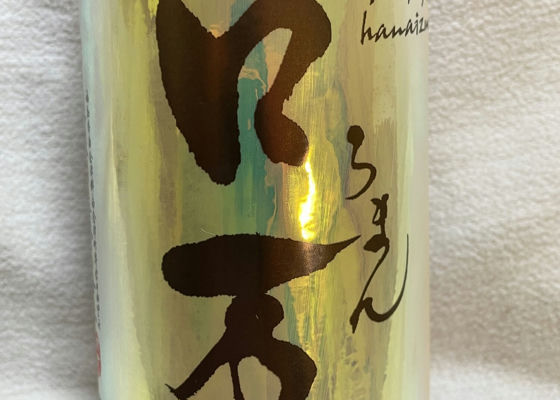
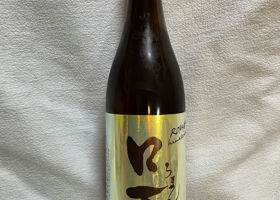
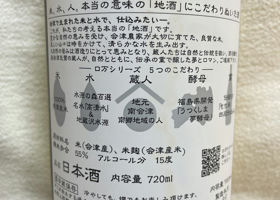
パーム農家
A junmai ginjo from Romain. It has a soft mouthfeel and spreads a gentle umami and sweetness. I have had more chances to drink Hanaizumi, but Romain is also famous and delicious.
Japanese>English
Suiryu特別純米 無ろ過 生


まつちよ
Summer Sake from Sairyu
Summer sake is the same in strength as the new sake that comes out in early spring.
First, it should be served chilled.
The first aroma is a sweet aroma of rich rice.
In the mouth, it has a slight sweetness and a strong umami flavor.
It is also somewhat refreshing.
Next, warmed.
The top aroma is of alcohol and a rich sweet aroma.
The first aroma is of alcohol and a rich sweet aroma.
Compared to the matured version, the sweetness is still there, making it very easy to drink.
I think I'll try hiyayogoshi next time.
It was very good 🍶.
Japanese>English
まるわ
Good evening, Mr. Matsuchiyo.
Sairyu is delicious warmed up anytime, regardless of whether it is a summer sake or not.
Japanese>English
まつちよ
Good evening Mr. Maruwa 🍶.
As you say, it's an explosion of flavor 😋.
Japanese>English
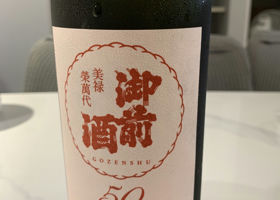
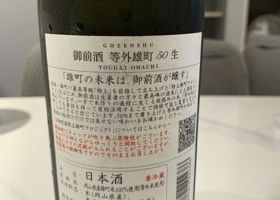
Tony
It has been a little while since I visited "Mimasu Sake Brewery" in Akabane, Tokyo, which is famous for its three beautiful sisters. I told Yumi, the second daughter, what I wanted this time and chose this one among the recommendations (I was surprised that she even remembered my purchase of two months ago: ⁉︎). The aroma of this sake reminded me of a banana with a hint of umami, and the sweetness and umami that spread in the mouth, especially the umami was excellent, and the spiciness that lingered on the tongue at the end, tightened up the taste. It was very delicious 😊.
Japanese>English
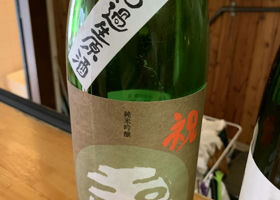
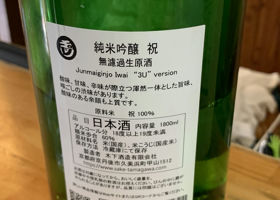
Tony
The aroma was light, the taste of the rice was strong and delicious, and the aftertaste was refreshing.
Japanese>English
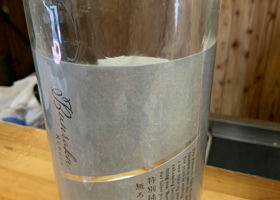
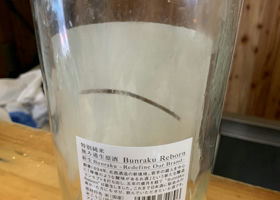
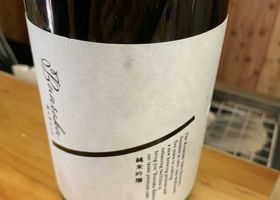
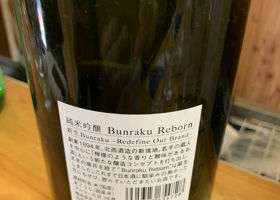
Tony
Comparison of Bunraku. The aroma was light, and in the mouth it had a well-balanced taste of sweetness, umami, and acidity with a clean aftertaste. The difference between the two was that the unfiltered nama was stronger in flavor, while the junmai ginjo was lighter. Personally, I found the unfiltered raw to be uniquely delicious!
Japanese>English
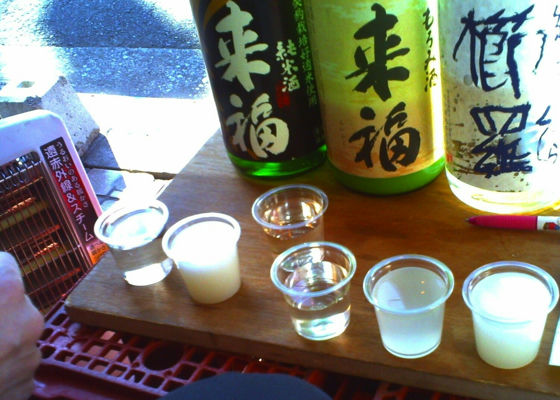
moe105
Yummy! We drank it in the corner and bought two bottles of moromi sake. Even people who don't like sake will like it.
Japanese>English
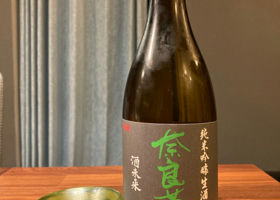
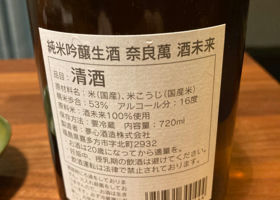
かずき
Opened January 24, 2024
Purchased at Mimasu Liquor Store
Flesh ‼️
Spicy, spicy✨
Rather alcoholic and strong.
Juicy 🍊
A little bit bitter.
Quite tasty‼️
Japanese>English
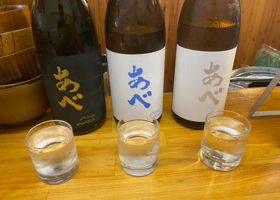
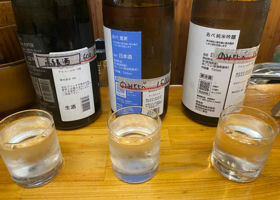
teadrop
Silvery abe. The acidity is slightly assertive, but easy to drink.
Japanese>English
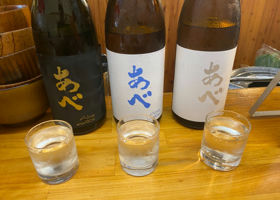

teadrop
Black abe. Sweet, bitter and sharp.
Japanese>English
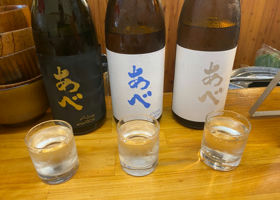
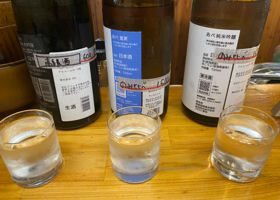
teadrop
Blue Abe. Clear and easy to drink.
Japanese>English
ジェイ&ノビィ
Hi tadrop 😃
Abbey 💛💙🩶Drinking comparison 😍this is a fun one 🤗.
In case you're wondering, we like the 💚 best so far 😋.
Japanese>English
teadrop
Hi Jay & Nobby!
It's good to compare drinks because it's easy to see the difference in taste👍
I've never had 🟢, I'll try it when I see it 😊.
Japanese>English